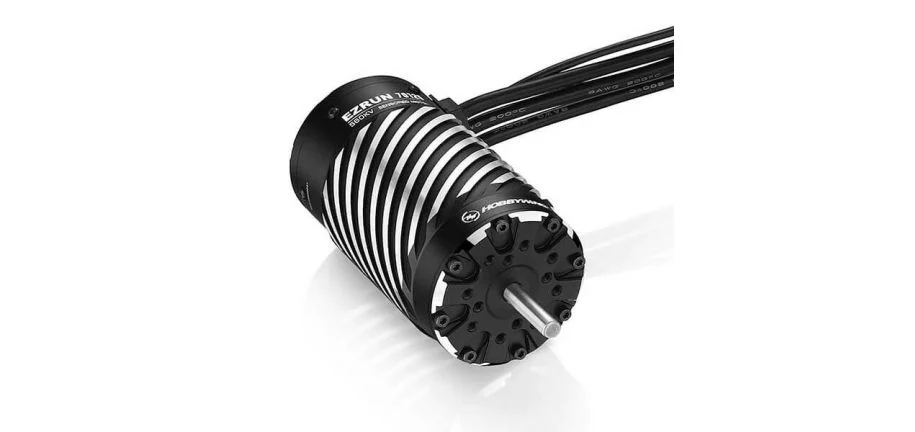oem baby walkers good or bad
Are OEM Baby Walkers Good or Bad?
In today's world, parents are constantly seeking the best ways to support their baby's development. One of the products that often comes up in this conversation is the baby walker. More specifically, the focus here is on OEM (Original Equipment Manufacturer) baby walkers – products made by manufacturers for brands that sell them under their labels. This article aims to explore the advantages and disadvantages of OEM baby walkers, helping parents make informed decisions.
The Advantages of OEM Baby Walkers
1. Cost-Effective One of the primary benefits of OEM baby walkers is their affordability. Because these products are manufactured in bulk, the costs can be significantly lower than branded baby walkers. This makes them an attractive option for budget-conscious parents.
2. Variety and Availability OEM baby walkers come in a wide range of designs, colors, and features. Parents can find a walker that matches their home decor or their child's personality. This diversity ensures that parents can select a walker that best suits their child's needs and preferences.
3. Basic Functionality Most OEM baby walkers fulfill the essential functions that parents expect from them. They are designed to provide babies with support as they learn to walk, stimulating motor skills and encouraging independence. As long as safety standards are met, basic functionality can be adequate for many families.
4. Brand Assurance Many parents assume that products branded for well-known retailers must meet certain safety standards. Although this isn't always the case, it can provide peace of mind. Some OEM products undergo proper testing and quality assurance, leading parents to believe they are purchasing a safe product.
The Disadvantages of OEM Baby Walkers
oem baby walkers good or bad

1. Quality Concerns One of the most significant concerns regarding OEM baby walkers is the potential for lower quality compared to brand-name products. Some manufacturers may cut corners during production to keep costs low, leading to products that might not meet stringent safety standards. Parents should diligently check for certifications and safety features before purchasing.
2. Safety Risks Baby walkers have been associated with various safety concerns. The American Academy of Pediatrics (AAP) has even advised against their use due to the risk of accidents and injuries. OEM models may not always have the same safety features as their branded counterparts, increasing the potential for dangerous incidents.
3. Limited Resale Value If parents plan on passing down or reselling their baby walker, they might find that OEM models do not hold their value as well as recognized brands. Brand loyalty often translates into higher resale prices for certain products, making them a more valuable investment in the long run.
4. Lack of Warranty or Support Some OEM baby walkers may not come with a warranty or reliable customer support. In the event of a malfunction or safety issue, parents may find it challenging to get assistance or replacement parts, leading to frustration and potential loss of investment.
Making an Informed Choice
When considering whether to purchase an OEM baby walker, parents should weigh the pros and cons based on their specific needs. Prioritize safety and quality by looking for products that comply with relevant safety standards and have been positively reviewed by other consumers.
Furthermore, consider alternatives to baby walkers that promote walking and mobility without the risks associated with traditional models. Options such as push toys, stationary activity centers, or simply allowing babies to practice walking in a safe environment may be more beneficial for development.
In conclusion, while OEM baby walkers may present a more affordable and varied option for parents, they come with particular risks that need to be carefully considered. Always prioritize safety and quality, and remember that the healthiest path to walking often involves supervised, safe practices that encourage mobility without unnecessary risks. Ultimately, the right choice will vary for each family, and being well-informed is the best way to ensure your baby's safety and development.
-
Kids battery power car baby four-wheel off-road vehicle children electric toy carNewsMar.07,2025
-
New Hot Design Factory Wholesale Light Weight Small Folding Size Baby StrollerNewsMar.07,2025
-
2022 newest factory boys and girls powerful battery operated 4-wheel ride on electric carNewsMar.07,2025
-
2022 newest factory boys and girls powerful battery operated 4-wheel ride on electric carNewsMar.07,2025
-
Kids battery power car baby four-wheel off-road vehicle children electric toy carNewsMar.07,2025
-
toddler electric atvs manufacturerNewsMar.07,2025
